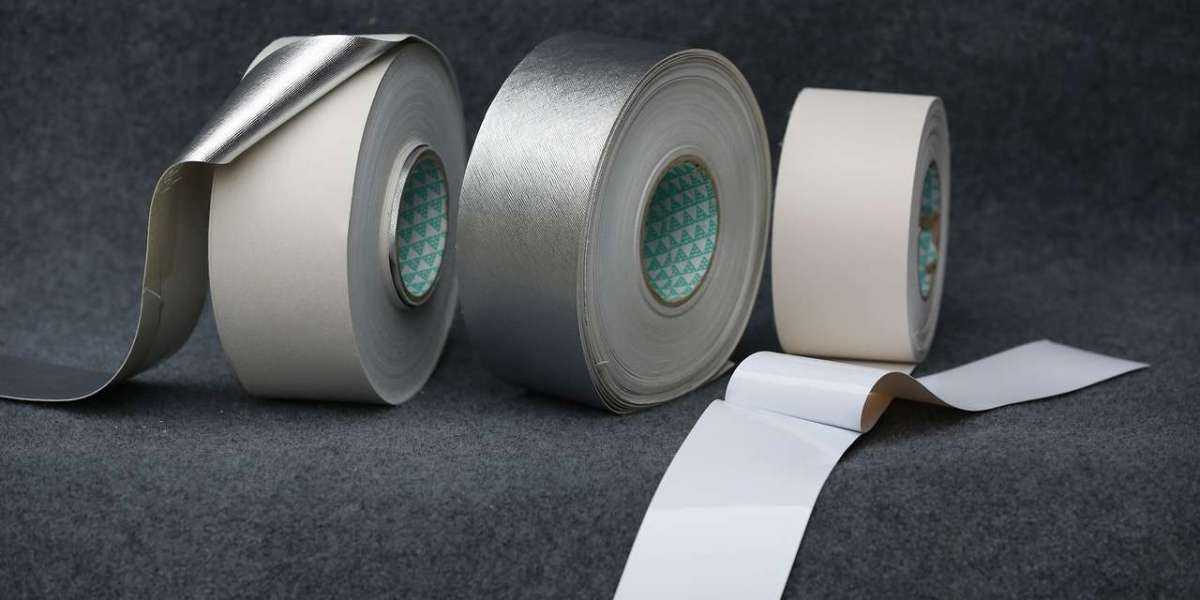Packaging sticking are essential for bonding packaging components together and ensuring packaged products remain sealed until the time of use. They provide the means of assembly for everything from simple paper or cardboard cartons to sophisticated multi-layer laminated and coated packaging structures. The primary function of a packaging adhesive is to join packaging parts and maintain bond strength under the handling and distribution conditions the package will experience.
Types of Packaging Adhesives
There are several main categories of adhesives used for bonding packaging materials:
Hot Melts
Hot melt adhesives are applied in a molten state and bond instantly upon cooling. They are 100% solid and do not contain solvents, making them an environmentally friendly choice. Hot melts bond quickly and securely, making them well-suited for high-speed packaging operations. Common hot melt formulations include ethylene vinyl acetate (EVA), polyolefin, and polyamide.
Water-Based
Water-based Packaging Adhesives contain water as the primary solvent along with various polymers, resins, and additives. They have excellent bond strength for many substrates and dry quickly through evaporation. Water-based adhesives are non-toxic and produce little or no VOCs, though special formulations may be needed for moisture or water resistance. Common versions include acrylic, polyvinyl acetate (PVA), and styrene-butadiene rubber (SBR) emulsions.
Solvent-Based
Utilizing solvents such as toluene or xylene, solvent-based adhesives provide very high initial tack and high-strength bonds. They work well on difficult-to-bond substrates like plastic films, foils, and rubber. However, solvent-based products require ventilation during use and may contain VOCs, so water-based or hot melt alternatives are increasingly preferred where regulations allow. Common resins include polyurethane, styrene-butadiene rubber, and nitrocellulose.
Get more insights on Packaging Adhesives
About Author:
Money Singh is a seasoned content writer with over four years of experience in the market research sector. Her expertise spans various industries, including food and beverages, biotechnology, chemical and materials, defense and aerospace, consumer goods, etc. (https://www.linkedin.com/in/money-singh-590844163)








